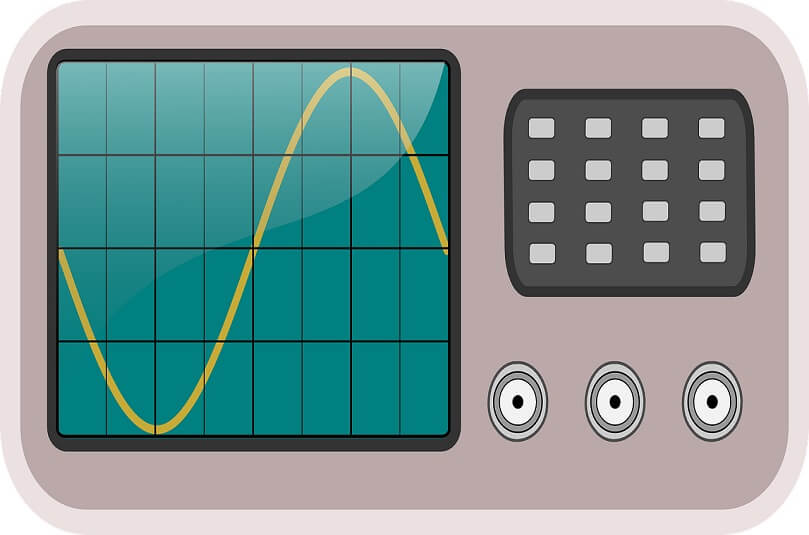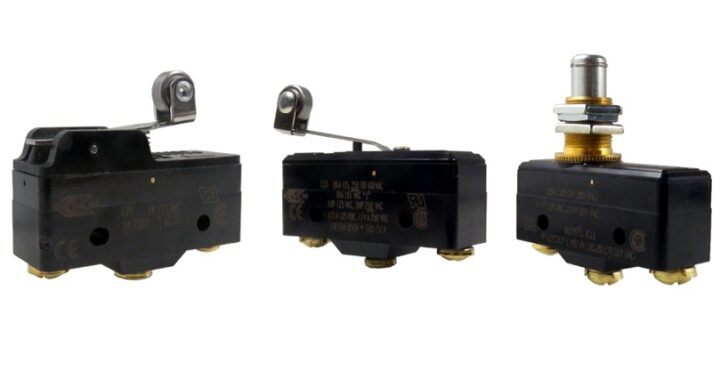Frequency vs Amplitude vs Wavelength vs Cycle vs Period

In the field of physics and engineering, the terms frequency, amplitude, wavelength, cycle and period are often used to describe the properties of waves and oscillations. These terms are closely related and have specific meanings that are important to understand in order to fully grasp the behavior of waves and oscillations. Below I will give you the definitions and comparisons of these important terms. It will make your life easier.
Frequency
AC frequency is the number of cycles per second in an alternating current (AC) sine wave. In other words, frequency is the number of times a sine wave repeats a positive and a negative cycle.
Frequency is typically used to describe electrical equipment operation. Some common frequency ranges are:
Power line frequency (For example Most of Europe is 50 Hz and America is 60 Hz)
Low frequency: 300 kHz to 3 megahertz (MHz).
Medium frequency: 3-30 MHz.
High frequency: 30-300 MHz.
Airband range: 118 to 137 MHz
Audio frequency range: 15 Hz to 20 kHz (the range of human hearing).
Radiofrequency: 30-300 kHz.

The standard unit for frequency is the Hertz (Hz), defined as events or cycles per second. The frequency of electrical signals is often measured in multiples of hertz, including kilohertz (kHz), megahertz (MHz), or gigahertz (GHz), where 1 kHz equals one thousand (10³) events per second, 1 MHz equals one million (10⁶) events per second, and 1 GHz equals one billion (10⁹) events per second.
In 1930, International Electrotechnical Commission (IEC) honored Heinrich Rudolf Hertz by naming the unit that is used to measure frequency.
To measure the frequency, the number of times an event occurs in a given time interval is counted, then this number is divided by the time interval.
f = 1 / T
f: Frequency
T: Period
Another formula for the frequency is:
f = c / λ
f: Frequency
c: Wave velocity (electromagnetic wave velocity = speed of light = 3 x 10 m/sec)
λ: Wavelength
Period
The period is the length of time in seconds that the waveform takes to repeat itself from start to finish. It is indicated by the letter “T”. It is inversely proportional to the frequency. Its unit is second.
Amplitude
Amplitude can simply be defined in several ways:
- The amplitude is half the vertical distance from the crest of a wave to its trough.
- It can also be defined as the maximum level in a periodic movement.
- Amplitude is the maximum absolute value of a periodically varying quantity.
Wavelength
Wavelength is the distance between repeating units of a wave group. It is denoted as a symbol with the letter lambda (λ).
Wavelength has an inversely proportional relationship with frequency. The longer the wavelength, the lower the frequency.
Calculation of wavelength is:
λ = v / f
λ: Wavelength
v: Wave velocity
f: Frequency
In most cases, the wave velocity (v) is chosen as the velocity of light (c) with the assumption that the wave is traveling in space. In this case, the formula would be as follows:
λ = c / f
λ: Wavelength
c: Velocity of light
f: Frequency
The wavelength and period relationship is as follows:
λ = T x v
λ: Wavelength
T: Period
v: Wave velocity
Cycle
A cycle is a full alternating current or voltage wave. In other words, the rise of a curve starting from zero to a positive maximum value, decreasing again to zero and negative maximum value and then reaching zero again is called “cycle”.
Difference between cycle and period:
The time taken for a cycle to complete is called a period. So a cycle is a full wave. The period is the length of time in seconds that the waveform takes to repeat itself from start to finish.
In conclusion, frequency is a fundamental concept in the study of alternating current (AC) and electrical equipment operation. It is the number of times a sine wave repeats a positive and negative cycle per second. The standard unit for frequency is Hertz (Hz), and it is often measured in multiples of kHz, MHz or GHz. The period is the length of time that the waveform takes to complete a full cycle and is inversely proportional to the frequency. Amplitude refers to the maximum level of a periodic movement while wavelength is the distance between repeating units of a wave group. The frequency, wavelength, period and amplitude of a waveform are interrelated. Understanding these concepts is essential in the field of electrical engineering.

 Types of Timer Relays and Their Applications
Types of Timer Relays and Their Applications  Relay Applications: Real-Life And Industrial Examples
Relay Applications: Real-Life And Industrial Examples  Types of Micro Switches and Their Applications
Types of Micro Switches and Their Applications  Best Voltage Testers for Home Use: 2023 Edition
Best Voltage Testers for Home Use: 2023 Edition  Advantages of Transducers for Optimal Measurement
Advantages of Transducers for Optimal Measurement  Advantages of Infrared Sensors: Improved Accuracy and More
Advantages of Infrared Sensors: Improved Accuracy and More